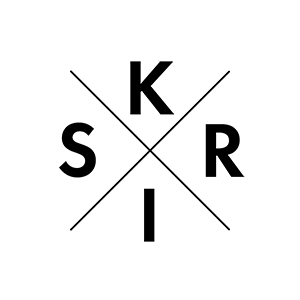You’ve carried out the selection interviews – enlightening weren’t that they? It’s the time to put everything information that is in your head down on paper, and pull all this together to a complete picture.
This article comes after on from your previous article which provided tips on how to conduct the selection interviews themselves. In this article we give you some likely techniques to employ whilst examining your interviews, helping mould your outcomes into some thing tangible.
Type your results into a fréquentation
After interviews you’ll find that you may have lots of interesting thoughts and ideas bouncing around the head, but perhaps in zero clear composition. The results will be better to understand and convey to others if they are bought into a obvious narration.
The ultimate way to do this to accomplish this is to put everything down on paper and sift through the results to create a final single story.
Post-it notes & a white colored board
5. Put all the concepts, choices and conclusions you found in each interview onto post-it notes (each point must be on its own note).
* Try to avoid long sentences as you’ve got to be able to quickly scan this and know very well what it identifies, each sticky should simply contain up to 10 sayings.
* Please use brief quotes or simple summaries if they will sum up the finding well.
* Put a number or an interviewee name for the corner so that you can keep track just where each sticky came from.
2. If you interviewed people right from differing categories (for case new and returning customers) patterns will probably be easier to spot if you place a symbol to each post-it (or used colour co-ordinated post-its) to show which will group that they belonged to.
After the interviews you’ll understand the common designs that appear through the selection interviews, so push the post-its around and group all of them accordingly.
Take some time with this kind of, you may find the original groupings transformation over time. This is called a great ‘affinity diagram’. An advantage of using post-its is that you can view the whole of your outcomes at once, instead of seeing a small part on a screen any kind of time one time. Witnessing the ‘big picture’ will help you visualise what is going on more easily than attempting this visualisation in your mind alone. Another advantage is that post-its give you the overall flexibility to make additional changes to the diagram if and when needed.
When you are able to, accomplish this on a white-colored board. This has 2 advantages:
* You can draw jewelry around the organizations, and add observation where required.
* The post-its usually tend to stick and stay where you need these people (rather than deciding to fall to the floor at the most inopportune times).
Essentially you’re making a visual representation (almost a mind map) of the result. Once they have visualized, you will find it’ll produce a lot more perception.
Don’t forget how come you were conducting the interviews
The first content emphasized the requirement to have a goal when ever conducting the interviews:
“The aims of interviews should be discover:
* Users’ needs and goals.
* How users carry out tasks on your site (or would do if efficiency was available).
* What users think the site provides them (and what more they really want/need). ”
This may act as a good framework to apply your results, and should be remembered even though conducting the analysis. Nonetheless keep in mind that beauty of interviews is usually their overall flexibility so if you come to feel placing an alternative solution focus on the results makes clear your studies, you can do thus.
Bounce your opinions off other people
Stand in the front of your post-its and speak your conclusions through with someone (or several people). Encourage issues. You will not be able to answer every question, nevertheless, you will find just where gaps in your explanations will be. Talking through your findings will help even more clarify your thoughts, and you’ll realise where the spaces are in your overall photo.
You may also locate bouncing recommendations off people that didn’t sign up for the interviews useful. Seeing the benefits with somebody with a several perspective from your own can generate ideas you may not have considered otherwise.
Take your time
There is the first couple of hours will be filled with a frenzy of crafting and collection post-its, you must then sleep on the consequence. You will find the subconscious will keep on working on the problems, and you could well get you wake up with further ideas, or when going for a soak within a bath, or on the walk home… There will always be further portions to add, and changes to be created to your affinity diagram.
Developing your conclusions from interviews is like developing a photograph manually ,. It takes as well as if you dash off to through the procedure then the result is less it should be. Invest some time over the every single stage, you’ll have done been given an outstanding amount info to method during the interviews, so ensure all sorts of things relevant gets down and a clear total message can develop.
Finish
Once that you simply done it merely requires leaves the ‘simple’ couple of:
* Making whatever changes are necessary to your site
* Producing personas
* Diagnosing problems with your current site
* Directing fresh design ideas
another one of this thousands of concerns interviews can easily feed extremely useful facts into partnerstvi-stavebnictvi.msdk.cz. But these “small” problems might be possible knowing the hard work are going to pay off arrive go live.
As i have said in the previous article “interviews are a good way to find specific information about your users”, just remember that more attempt is needed than expected to pull out those awesome results.
